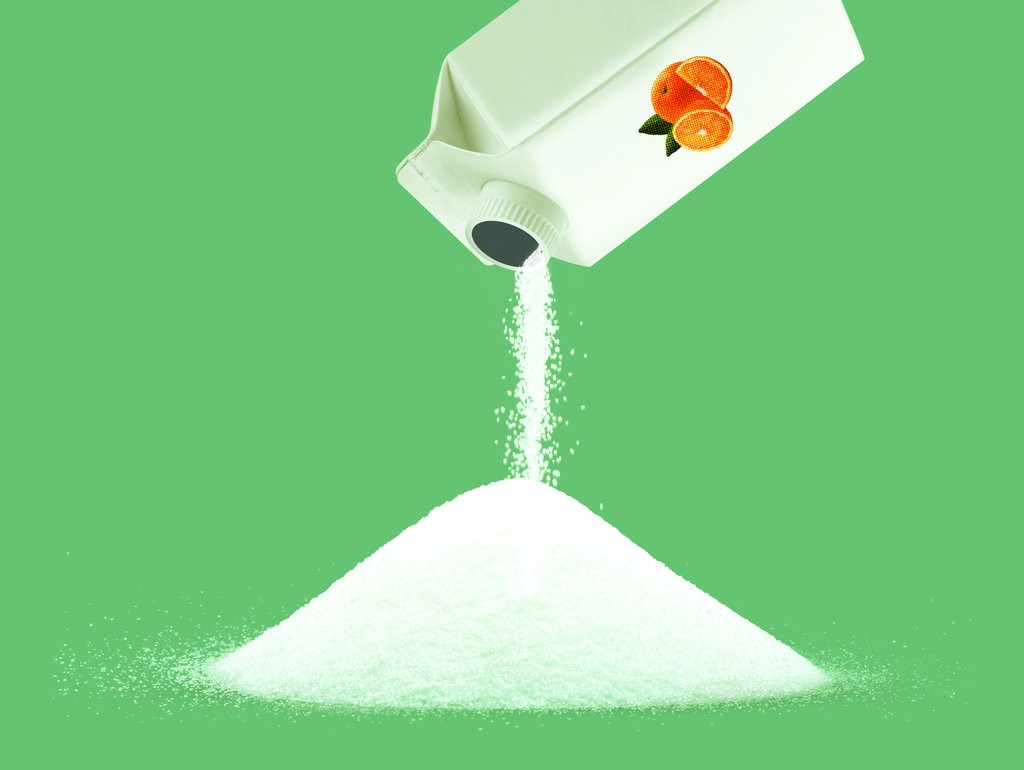The 'not-so-healthy' Side of Juice

In a recent New York Times article, written by a few professors of Pediatrics (Erika R. Cheng, Lauren G. Flechtner, and Aarain E. Carroll), juice turns out to be 'not-so-healthy' as we all previously thought.
Most people are very familiar with the negative effects of sugar beverages such as obesity, increased blood pressure and high cholesterol. However, most people usually equate sugary beverages with Soda or Sports Drinks.
The writers of this article hope to point out that somehow along this line of combating the obesity epidemic, juice has received a "free pass."
The average American consumes about 6.6 gallons of juice per year. In addition, the average child consumes 10 ounces a day - which is double the recommended amount by the American Academy of Pediatrics.
A 12 ounce glass of orange juice contains 10 teaspoons of sugar. That's equivalent to 1 can of Coke.
Though the consumption of juice can be justified as "healthy" through claims such as how it provides vitamin C, or D or calcium, we still are left with the fact that juice contains a large concentration of sugar and calories.
Fruit juice may have some of the vitamins and minerals of real fruit, but it lacks the fiber and reduced calorie and sugar count. Fiber helps us feel full.
The consumption of fruit juice tends to give us very little satiety as compared to eating the actual fruit.
Parents should focus on providing water and real fruit to their keiki as opposed to going for the readily available juice packs. Researchers have recognized a possible "gateway beverage" effect as younger children grow they move from drinking juice to sodas later in their teenage years.
Juice is fine periodically, but shouldn't be consumed because 'you need it.'
